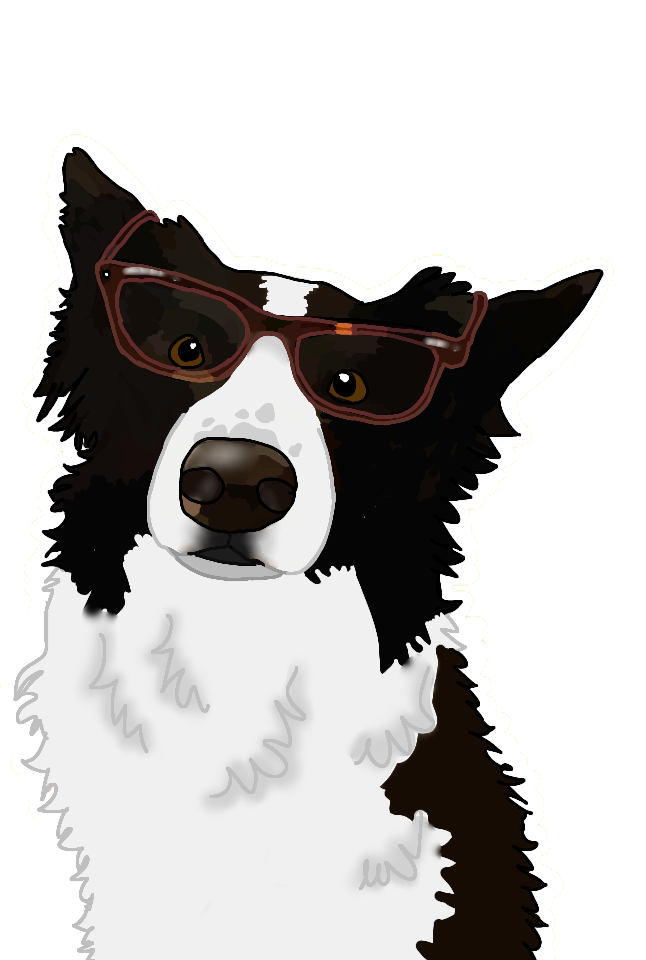The ears of your dog can be a subtle but important part of your dog’s expression.
Some dogs will be very obvious when they’ve “disconnected” and aren’t involved in the photo any more, or they aren’t paying attention to whatever is around them. They’ve switched off. They’re over it. Ears are back or down.
If the ears of your dog are looking like this, I encourage you to re-evaluate the amount of reinforcement the dog has regarding taking photos. Are you putting too much pressure on him? Does he not understand his job? Has he been posing too long or without reward? Or does he not have enough history of reward for the camera and therefore just hates it every time you get it out?
Depending on the situation you may need to go back several steps, to low-distraction environments, and just work on building up his reward history associated with the camera.
If you’re putting too much pressure on him, stop doing that, and let him look around and create his own photos. If he’s been posing too long, make the posing time much shorter and more rewarding!
If he is uncertain about his job, try praising him while he’s posing. Journey’s best alert expressions often come from me enthusiastically crying: “YES! SUPER!!! WOOOOWWWWW AMAZING EARS BABY WOOWWWWW!”. There is absolutely no doubt in his mind that whatever he’s doing at that moment is amazing.
The examples below show some pretty “bad” ears and engagement.
Here is a selection of another 4 ears from Journey, from completely and utterly disconnected, to halfway there, to ALMOST but not quite… and finally, the photo I ended up using.
The reason I chose the on of him looking up?
First, I find these photos can often tell a more interesting story than another photo of my dog standing and looking at the camera, and second, he is totally engaged in whatever he’s looking at. He’s totally focused. I would much rather this, than a photo where he’s half-listening somewhere else.
Subtle ears
In my eye, the examples above are pretty obvious, but some dogs can be especially subtle in when they’ve “tuned out”. It might be as simple as one ear very slightly rotated away.
For Journey, this means he’s only half-engaged in what we’re doing – it usually only happens when I’m asking him to look at the camera and he’s a bit over it – and he’s half listening for something more interesting, without moving his head or looking away (border collies are too clever, right?!). These photos have a distinct feeling of “disconnection” about them, and I won’t use them. I would much rather he be looking totally away and be engaged and interested and alert, than bored and disconnected.
The first one is good. The 2nd two aren’t even subtle.
Good, alert, connected expression on the left photos, ear flick/disconnection on the right. Some are much more subtle than others! Can you see?


